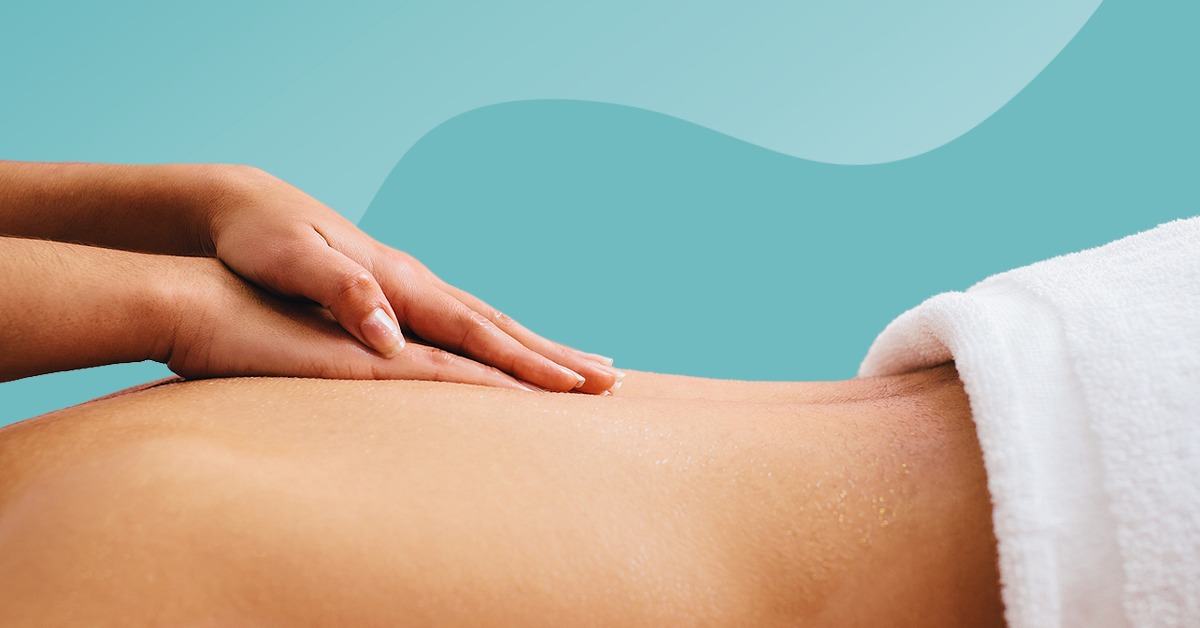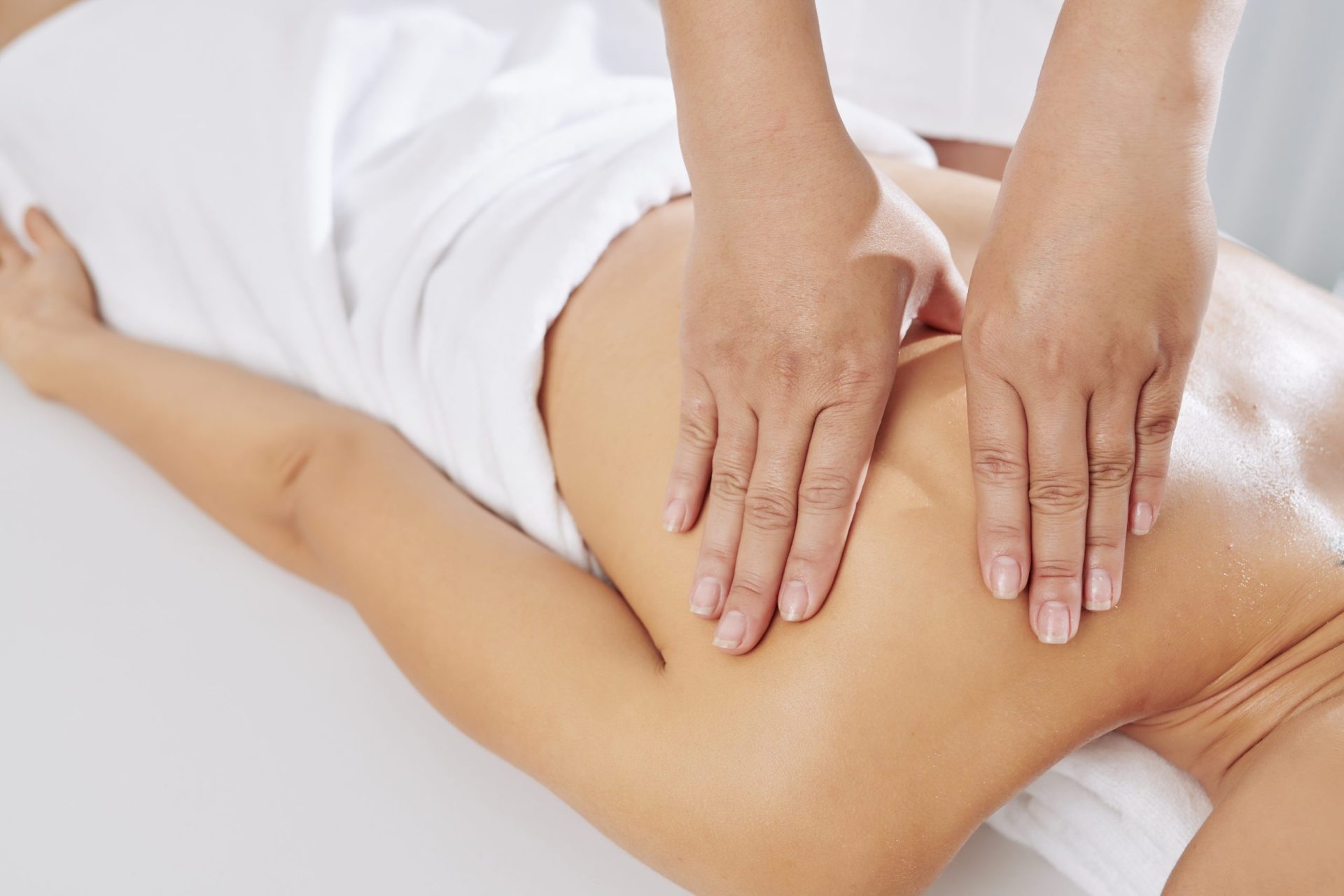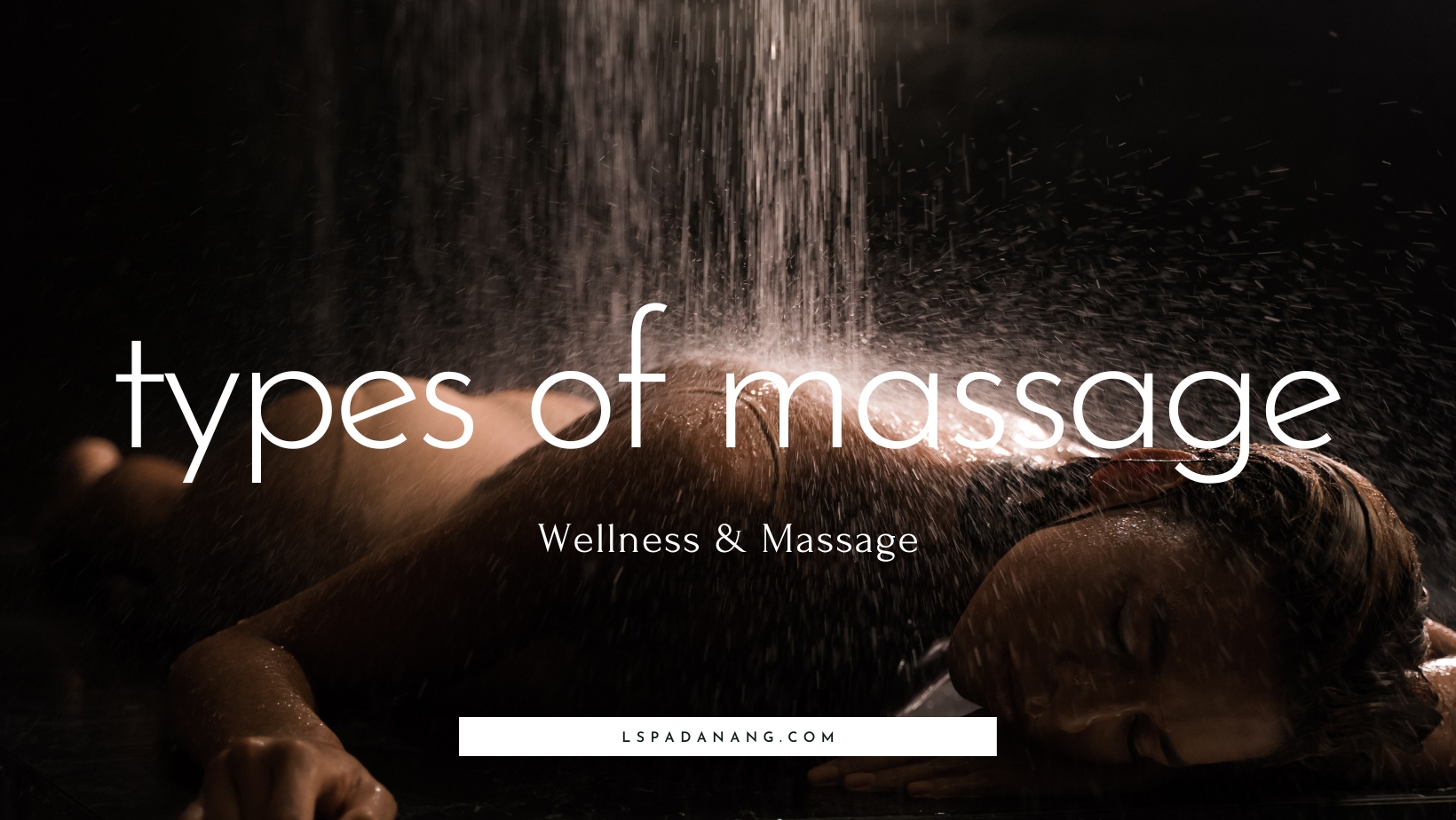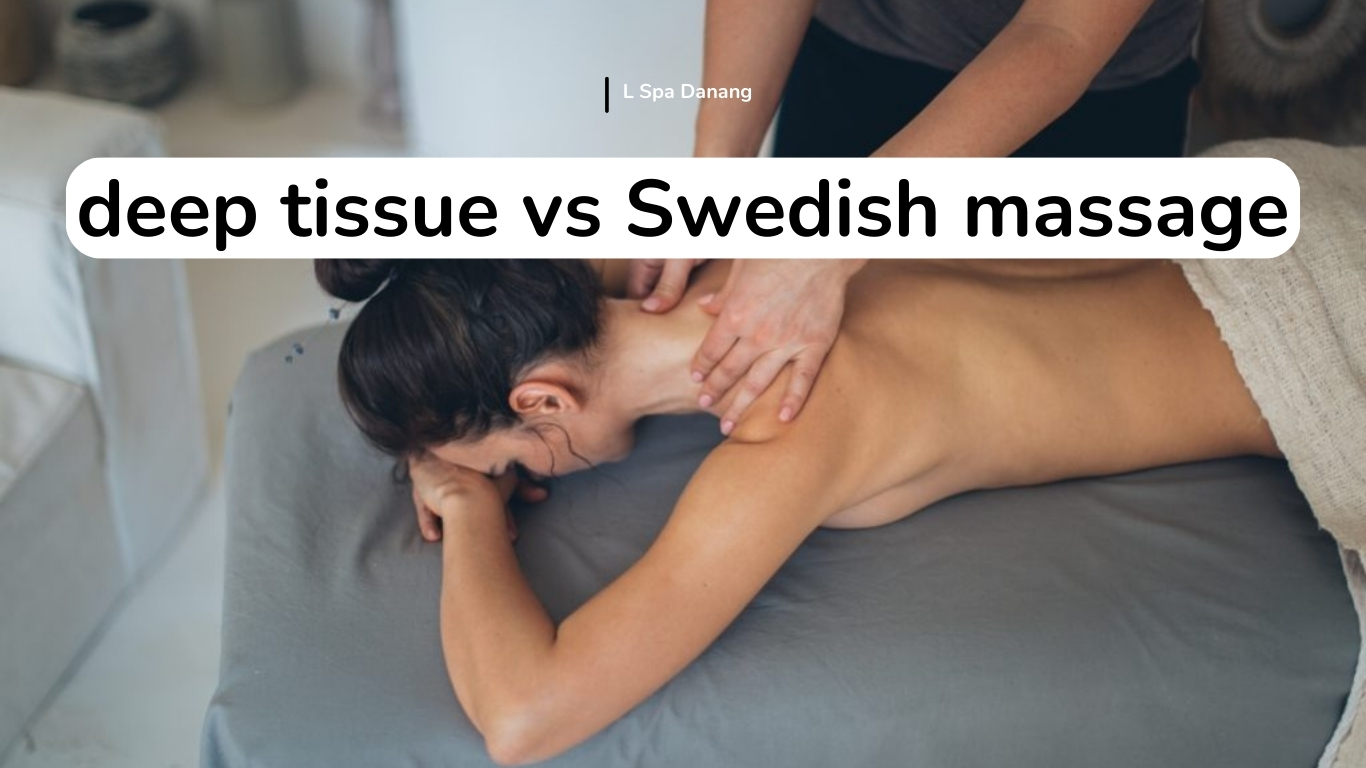Ah, the art of massage – a dance of pressure and relief that soothes not only the body but the soul as well. When it comes to therapeutic massage, the techniques employed can make all the difference. One such technique that holds immense potential is the deep stroke massage. Imagine the hands as brushes on a canvas, painting strokes that unravel tension, brush away stress, and leave you floating on a cloud of relaxation. In this guide, we’ll delve into the world of deep stroke massage – from the basics to the finesse – to familiarize and prepare you for this therapeutic symphony.

1. What is Deep Stroke Massage
Deep strokes are an effective and beneficial massage technique. These strokes are executed in alignment with the muscle fibers’ orientation. They can be administered across various body regions and are instrumental in enhancing tissue flexibility while promoting relaxation. Massage therapists harness the potential of deep strokes as a potent massage technique for addressing a variety of conditions.
2. The Essence of Deep Strokes
Deep strokes can be incorporated into various types of massages, such as Swedish, therapeutic, and deep tissue massages. These deep strokes are executed in alignment with the muscle fibers’ direction. They can be executed using the palm of the hand and/or the forearm. The pressure applied during these strokes ought to be profound, effectively reaching the underlying muscle structures. These deep strokes serve the purpose of elongating and mobilizing the soft tissues, contributing to the enhancement of joint functionality.
3. Techniques for Mastering Deep Stroke Massage

Effleurage: The Foundation of Deep Strokes
Think of effleurage as the introductory paragraph of your massage narrative. It involves long, sweeping strokes that familiarize the body with your touch. This technique sets the rhythm and establishes trust.
Petrissage: Kneading and Lifting Muscles
Like a baker kneads dough, petrissage involves kneading and lifting the muscles. This technique delves deeper, targeting knots and adhesions. The fingers become the sculptors, molding your muscles like clay.
Friction: Targeting Deep Tension
Friction is your spotlight, focusing on specific areas with concentrated pressure. It’s the technique that seeks out tension’s secret chambers and persuades them to surrender.
Tapotement: Invigorating with Rhythmic Movements
Tapotement is your percussion section, invigorating muscles with rhythmic movements. It’s like a dance of raindrops on a rooftop, awakening the senses. Fingertips, cupped hands, or gentle fists are used to create the beat.
4. The Benefits of Deep Stroke Massage
The deep stroke massage technique offers numerous benefits. Some benefits of deep strokes include:
Enhanced Recovery
Utilizing deep stroke massage can significantly enhance the recovery process. These techniques are frequently incorporated into massage therapy sessions during the rehabilitation phase following an injury or surgery. Deep strokes prove effective in addressing tense muscles and reducing discomfort. In the aftermath of an injury or surgical procedure, soft tissues often become constricted, leading to diminished functionality. Deep strokes promote heightened blood circulation, which, in turn, accelerates the healing of damaged tissues. Additionally, they bolster tissue elasticity and alleviate tightness, including scar tissue and adhesions.
Pain Alleviation
Deep stroke massage plays a pivotal role in mitigating pain. Pain can arise from various factors. By disrupting the pain cycle, triggering hormone release, eliminating toxins, and bolstering circulation, deep strokes contribute to pain reduction. The friction applied through massage onto painful areas can disrupt pain signals en route to the brain, thereby dampening pain perception. Furthermore, the stimulation of hormone release during deep massage strokes induces sensations of euphoria and an overall sense of well-being. The resulting endorphin surge can be so potent that it effectively masks pain.
Swelling Reduction
Another notable benefit of deep strokes is their capacity to diminish swelling. Employed to enhance lymphatic drainage, these strokes are effective in addressing excess fluid-induced swelling. Pressure applied to the affected area aids in fluid drainage, making them particularly valuable in treating swelling resulting from injuries.
5. When Are Deep Strokes Used?

Relaxation
Deep strokes can be utilized in a soothing massage session. These deep strokes play a role in raising the body’s temperature and triggering the parasympathetic nervous system. By applying friction to the skin through these strokes, the temperature of the underlying soft tissues is elevated. This rise in temperature effectively promotes muscle relaxation. Employing gentle, deep strokes on the muscles also has the effect of activating the parasympathetic nervous system, which is responsible for inducing the body’s relaxation response. This, in turn, leads to a state of relaxation and tranquility. Activation of the parasympathetic nervous system effectively mitigates feelings of anxiety and stress.
Delayed Onset Muscle Soreness
In addition, deep strokes can serve as an effective massage technique for addressing Delayed Onset Muscle Soreness (DOMS). DOMS can manifest in muscles following intense or unaccustomed physical exertion. Common symptoms of DOMS encompass fatigue, muscle tightness, and soreness. Muscle soreness arises from microscopic tears in muscle fibers, often accompanied by muscle inflammation and resultant pain. Deep strokes play a crucial role in alleviating tightness and discomfort by elevating muscle temperature, reducing inflammation, and facilitating the removal of acids and toxins from the tissues. Utilizing massage to treat DOMS can significantly enhance muscle recovery and enable continued participation in physical activities.
6. FAQS
1. What is the primary purpose of a deep stroke massage?
Answer: The primary purpose is to address tight muscles, promote tissue healing, and reduce pain through targeted pressure and increased blood circulation.
2. How do deep strokes contribute to pain relief during a massage?
Answer: Deep strokes in a massage interrupt pain signals by disrupting pain pathways to the brain, while also triggering the release of endorphins, which are natural pain-relieving hormones.
3. In what scenarios is a deep stroke massage particularly beneficial for recovery?
Answer: This massage is exceptionally beneficial during the rehabilitation phase following an injury or post-surgery, as it helps treat tight muscles, improve tissue elasticity, and aid in reducing swelling.
This article is for informative reference and to outline the nuances of Deep Stroke Massage. Note that L Spa does not provide a dedicated session specific to this therapy; however, several of our deep tissue selections incorporate the same techniques. To learn about our available body therapies, please visit the L Spa Da Nang website.





